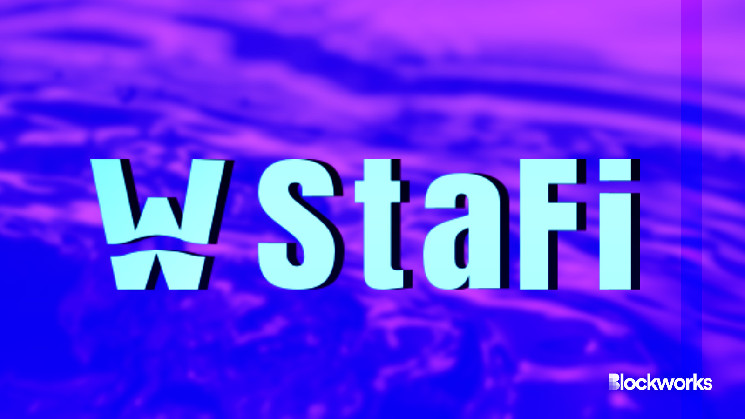
Liquid staking protocol StaFi will be deploying its Liquid Staking as a Service (LSAAS) testnet ahead of its rebrand and mainnet launch of StaFi 2.0.
Liquid staking as a service refers to blockchain platforms that provide liquidity by minting a new token that represents an underlying staked asset. This new token can be used and traded in DeFi protocols for additional revenue or rewards.
This initial StaFi 2.0 testnet will support liquid staking derivatives (LSDs) from Ethereum, EVM layer-2s and the Cosmos ecosystem. It will allow developers across these different networks to experiment with StaFi’s latest features and allow the protocol to work on improvements based on user suggestions.
Read more: Ether.fi announces $23M Series A round as restaking interest grows
StaFi will launch its liquid restaked token on testnet in Q2 of this year, and mainnet launch is scheduled to go live in Q3 of 2024.
“The launch of the StaFi 2.0 testnet is a major milestone in our journey to mainnet. It’s also a major boost for layer-1 blockchains seeking easier access to LSD with the vast potential this vertical holds for strengthening network security, decentralization and opening new opportunities for yield generation,” StaFi co-founder Liam Young said in a press release reviewed by Blockworks.
StaFi was first developed through Polkadot grants, and the blockchain itself is on Substrate — a blockchain software development kit (SDK) developers use to create parachains on Polkadot.
This latest rebrand will position the protocol to break free from the Polkadot ecosystem and position itself as a liquid staking derivative infrastructure platform that is compatible with multiple blockchain networks.
In addition to supporting LSDs on Ethereum, EVM layer-2s and Cosmos, StaFi is also looking to find LSD solutions for Bitcoin, with more information about their work to be expected in a few months.
